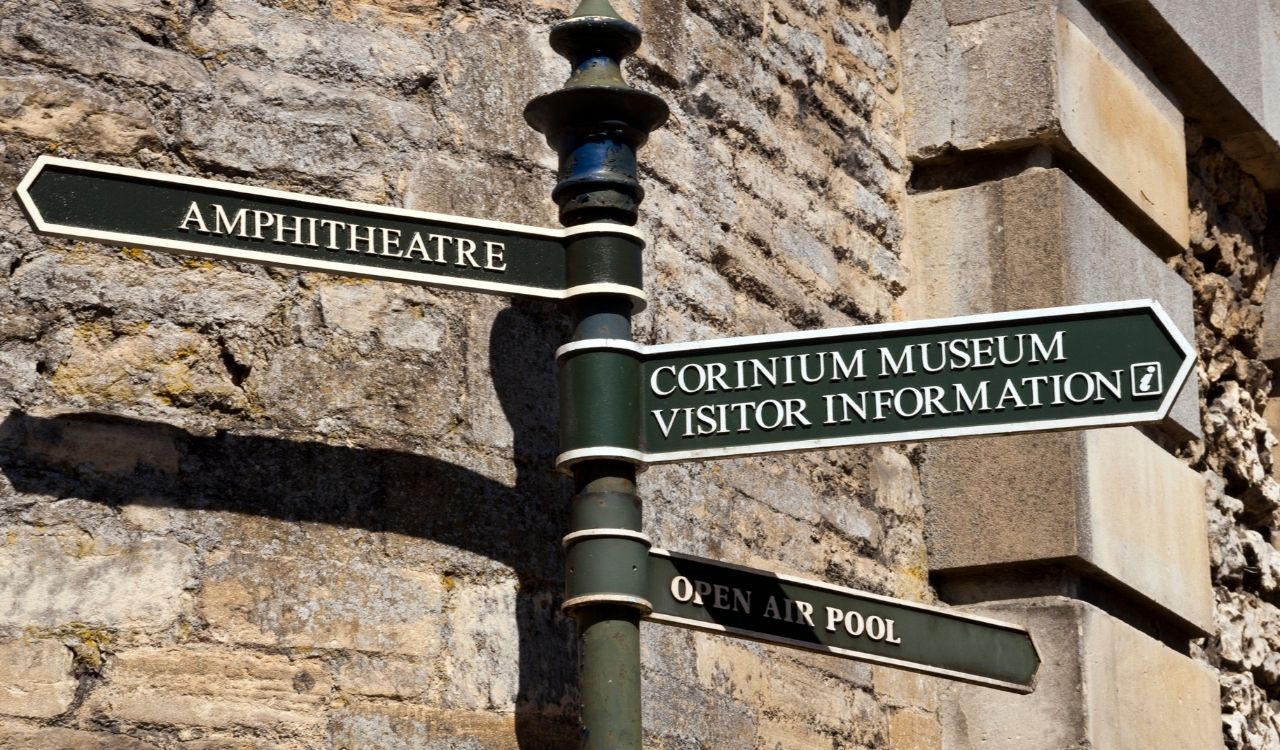The Big Sleep

With short days, long nights and a crisp chill in the air, winter has most definitely arrived in the UK. Most of our Indigenous animals don’t need to hibernate during the winter. In fact, only three British mammal groups truly hunker down for the winter months – all of our bat species, hedgehogs and dormice.
Hibernation is a prolonged period of inactivity that enables animals to survive when food is scarce, and the temperatures are low. During hibernation, animals can slow their heart rate to 10x slower whilst lowering their body temperature. They also lower their metabolism, meaning they don’t require as many nutrients during the winter. This means hibernating animals can survive long periods of not eating, although they can wake up for short bursts to go to the toilet and to look for food. Their bodies have also adapted to wake them up from their dormant state if there are drastic temperature drops and they are in danger of freezing to death.
Dormice
When Dormice settle down to sleep for the winter they are extremely round, having doubled their size in preparation for hibernation. It’s vital as their body weight will halve over the winter months.
Dormice sleep in tiny woven nests between October/November through to April. They will choose a moist place, so they don’t become dehydrated as water vapour is lost when they breathe. This also means their fat reserves will last longer.
Dormice numbers are in decline, and the Hazel Dormouse is considered at risk of extinction. Mainly due to habitat loss and mismanagement. It’s actually illegal to disturb a dormouse.
We can all help by taking certain steps;
- Avoid cutting trees or shrubs between November and April, as dormice may be nesting
- Plant hedges instead of fences as they give shelter and protection to dormice
- Stick to paths when out walking to avoid disturbing hibernating dormice
- Place nest boxes in your garden or surrounding area. They’re available here, for around the £20 mark
Hedgehogs

During October and November, hedgehogs eat excessively to prepare themselves for the long sleep ahead. When they’ve reached a good weight and the temperature drops, they will seek out a suitable place to hibernate. It may be under a pile of leaves, a compost heap, a garden shed or some decking. It’s important not to disturb compost heaps or leaf piles during winter months just in case some hogs have settled in for the winter sleep. If you do come across a ‘sleeping hog’, leave them in peace and make sure they remain undisturbed. British hedgehogs have seen a dramatic population decline, and we can all take steps to prevent further significant loss of these beautiful animals.
- Create hedgehog highways by creating access through your garden and limiting the number of roads they have to cross
- Create a compost heap, they’re great for hedgehogs and a range of other wildlife
- Be mindful of bonfires, check bonfires for hedgehogs and other wildlife before lighting
- Avoid using chemicals in your garden
- If you come across a hedgehog before it hibernates, give it some hedgehog food. You can buy a 5l bucket for around £11.99 here. Avoid milk as hedgehogs are actually lactose intolerant
Bats

During November, bats search for suitable hibernation spots known as roosts. They often choose underground spaces and caves but can also settle in the hollows of trees, roofs and bat boxes as long as the roost remains cool and with a constant temperature.
Bats are very well adapted for hibernation. They slow their breathing down to only five breaths a minute to preserve energy and some species of bat can last an hour without breathing at all.
Bats will mate during the autumn, just before they hibernate. However, the females have adapted to store the sperm and delay pregnancy until the spring, after hibernation, when there is enough food to support her during the pregnancy.
There are an impressive 18 species of bats in the UK, that’s almost a quarter of our mammal species. Four of those species are classified as at risk of imminent extinction. Loss of habitat and food plays a significant role, but we can all do things to help.
- Plant flowers for the summer that bloom at night to attract night-flying insects for bats
- Build a compost heap to attract bat prey
- Reduce light pollution by using low-intensity garden lights
- Avoid pesticides, especially insecticides
- Build a bug hotel to attract insects for bats
- Put up a bat box
If you find a sick or injured bat or have a general question, call the National Bat Helpline on Tel: 0345 1300 228
See Related Articles & Features
issue 26
See Our Latest Issue of the Magazine.
See great content for this months digital magazine.
read now



